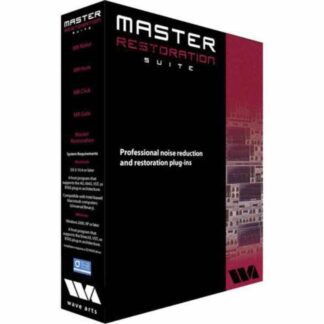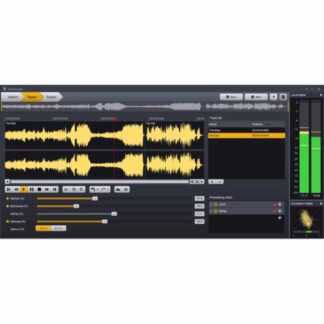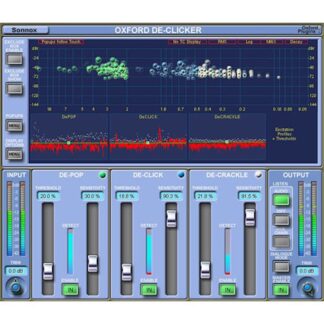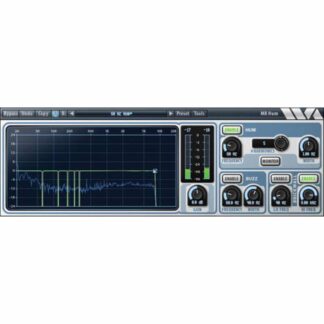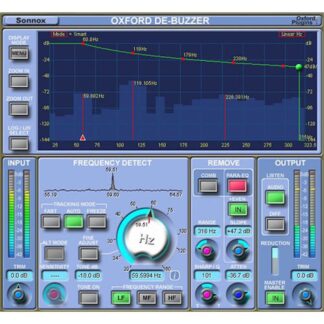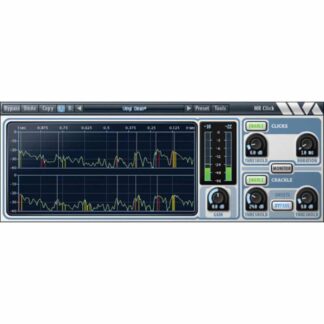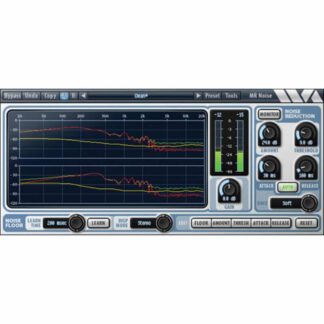Brand New
$237.00
Out of stock
The Sonnox Oxford DeNoiser is a plug-in that removes wide-band noise from audio material using techniques based around the concept of a “noise profile”. The noise profile is used to gate-out components of the frequency spectrum that are below it, while keeping the components that are above it.
The plug-in uses several methods to arrive at an appropriate noise floor. Auto, freeze and manual. It also contains a dedicated DeHisser section before the broadband noise-removal section. This can be used on audio such as dialogue where there isn’t a lot of high frequency content that needs preserving, and where the priority is to reduce the hiss to an acceptable level.
A Mid/Side mode allows for de-noising only the Side channel, resulting in mono operation beings entirely unaffected while stereo operation produces a cleaner stereo image without affecting the center. This is particularly useful in broadcast where switching between stereo and mono should not cause a noticeable change in dominant noise content.
Often de-noising can make the material sound a little flat compared with the original. The Oxford DeNoiser has a “Warmth” control in the output section that can quickly add some richness back into the program material.
